We’re excited to introduce you to the always interesting and insightful Paige Smith. We hope you’ll enjoy our conversation with Paige below.
Hi Paige, thanks for joining us today. Learning the craft is often a unique journey from every creative – we’d love to hear about your journey and if knowing what you know now, you would have done anything differently to speed up the learning process.
Something that’s often been said by so very many talented artists is the best way to learn is by doing. The reason it’s so commonly stated, in my opinion, is because it’s true. Decades ago, when I was a theater student at Kansas State University, I had a vague idea of what being an artist was. I knew I loved to write and act and tell stories, but the actual path before me was a complete mystery. This is something that most artists go through. In truth, none of us really know what we’re doing, but we know we want to try.
I was lucky enough and worked just hard enough to be cast in several shows as an actor, but when I graduated, I was still very naive of the steps needed to be a productive artist. I moved to Chicago and tried my best to throw myself into the excellent theater scene there, where I spun my wheels for awhile and just tried to make enough money to support my efforts. Slowly but surely, I found a lane, and improved at auditioning and at presenting myself with relative confidence.
The real learning began when I finally met a writer named Laura Jacqmin. I auditioned for a role she penned in a storefront play that I was way too old for, and although we both knew I wasn’t right for it, we got along and not long after she wrote a few roles for me that featured my abilities in a very positive light. She’s such a great writer, and her plays were very successful, and this is where the real learning began. One of her most popular plays, Dental Society Midwinter Meeting, was a hit in Chicago and it made it’s way through several different theaters and I was able to be onstage all the time, with different cast members coming and going, and the experience started to build. Other people saw the show, and wanted to work with me. I became a member of a sketch comedy group called, The Cool Table, and a theater company called XIII Pocket and between the two of them I was onstage several times a week. My experience grew and grew and more stage opportunities in bigger and better productions were soon awarded to me. This snowball effect resulted in casting directors catching a glimpse of me, and I started booking small roles in television, and the whole learning process began anew. As much studying and classwork as I had done to that point were nothing compared to spending days on professional sets, learning in the moment from working artists in every aspect of the industry.
A few years later, I found myself in Los Angeles, starting from scratch again. I took ongoing class at John Rosenfeld Studios, where I trained with John himself. His teachings further reinforced the idea that an artist has to put themselves out there and learn by doing. He pushed me to write more and to, (with the help of a fantastic artistic community,) make my own films. I started small, writing and producing several short films and had some terrific people, like director, Sean George, and producer, Danielle Argyros, who helped me learn so many aspects of film making that until then were a complete mystery to me. As we made the films I learned about sound and lighting and direction and soon I knew enough to make myself useful in almost every way. By doing, I learned. After our films became more successful, we went to dozens of film festivals where I met hundreds of artists all dreaming of the same thing, and the process started again, but now with people from all over the country, like Chandler Wild out of New York, Dan Searles out of Georgia, and Michael Tuthill out of Maryland. Now instead of short films, I’m learning how to make feature length films. It all came from experiences piling up over the years. Doing.
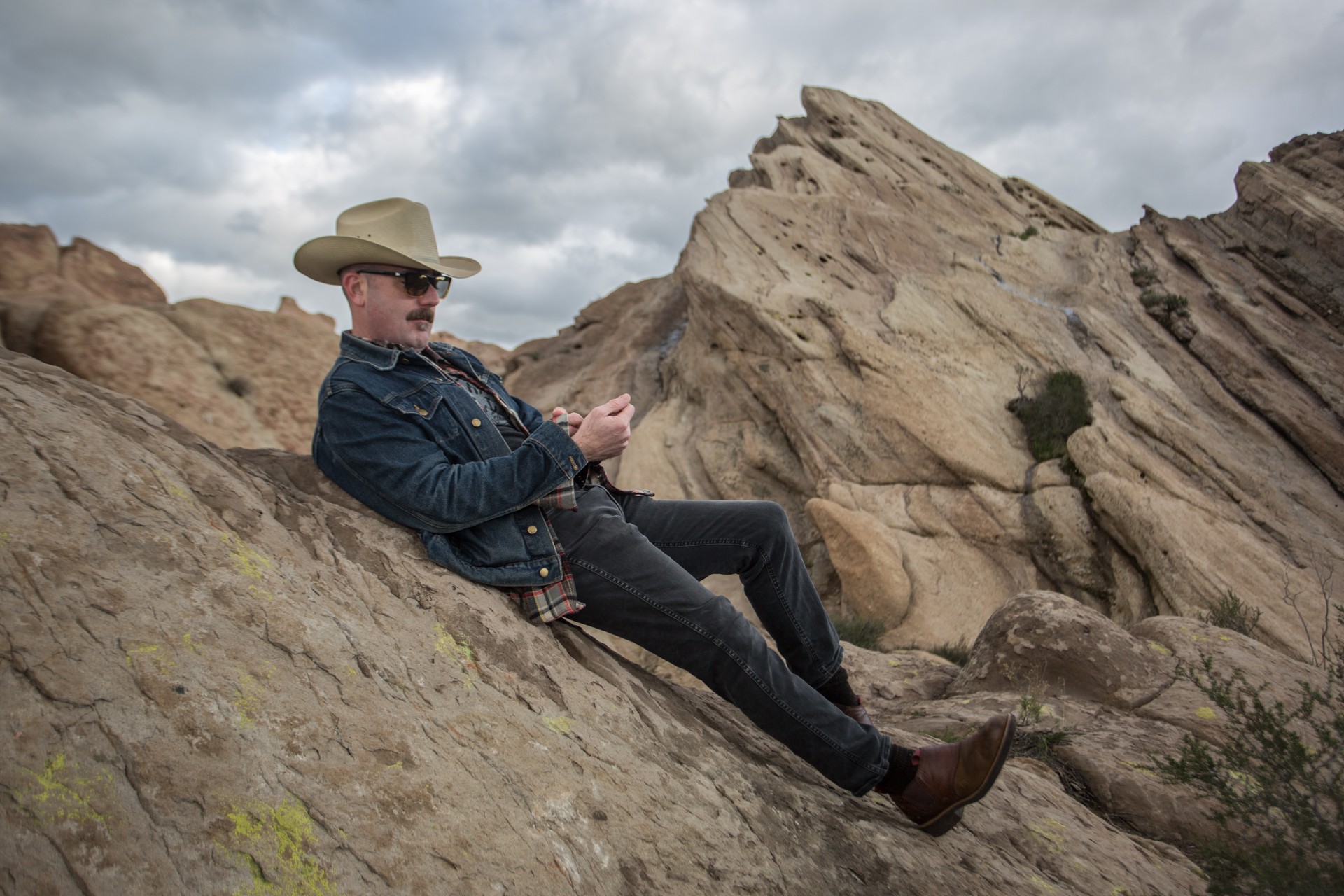
Awesome – so before we get into the rest of our questions, can you briefly introduce yourself to our readers.
When I started writing films, I took a shot at Westerns. I had grown up surrounded by the culture. My father is a western fiction and non-fiction writer and had a lot of stories to share with me while we watched Western films along the way. I had a knack for it, and I took time to make sure every film was original and actually had something to say about the world we live in now. Instead of boring revenge stories or shoot-’em-ups, I tried to tell stories about peoples’ hardships and passion and growth. This idea has brought me more successes than anything else and has attracted other artists to work with me. I’m very proud of this philosophy and continue to incorporate it in every script I write.
Now that I have explored the Western genre so thoroughly, I’m ready to move on to other ones. I feel the basic need to talk about people and our existence and there’s so many genres that can tell these stories. I want to explore them all and I’m ready for the challenge of learning new things and overcoming mistakes and misses until I can move on to bigger and better things like I’ve done in the past.
My little production company, Lonesome Tree Productions, has this clearly in mind. As the company’s name implies, we may often be alone, but we are still are still stalwart in our convictions and ever ready to be a part of a greater forest. Nothing means more to me than the community I’ve built around me over the years. So many people have helped me become better and better over the years and I love each and every one of them with all my heart. I treat the professionals around me with respect and dignity and I will continue to do so as long as I’m still in the creative arena. It’s my best trait.
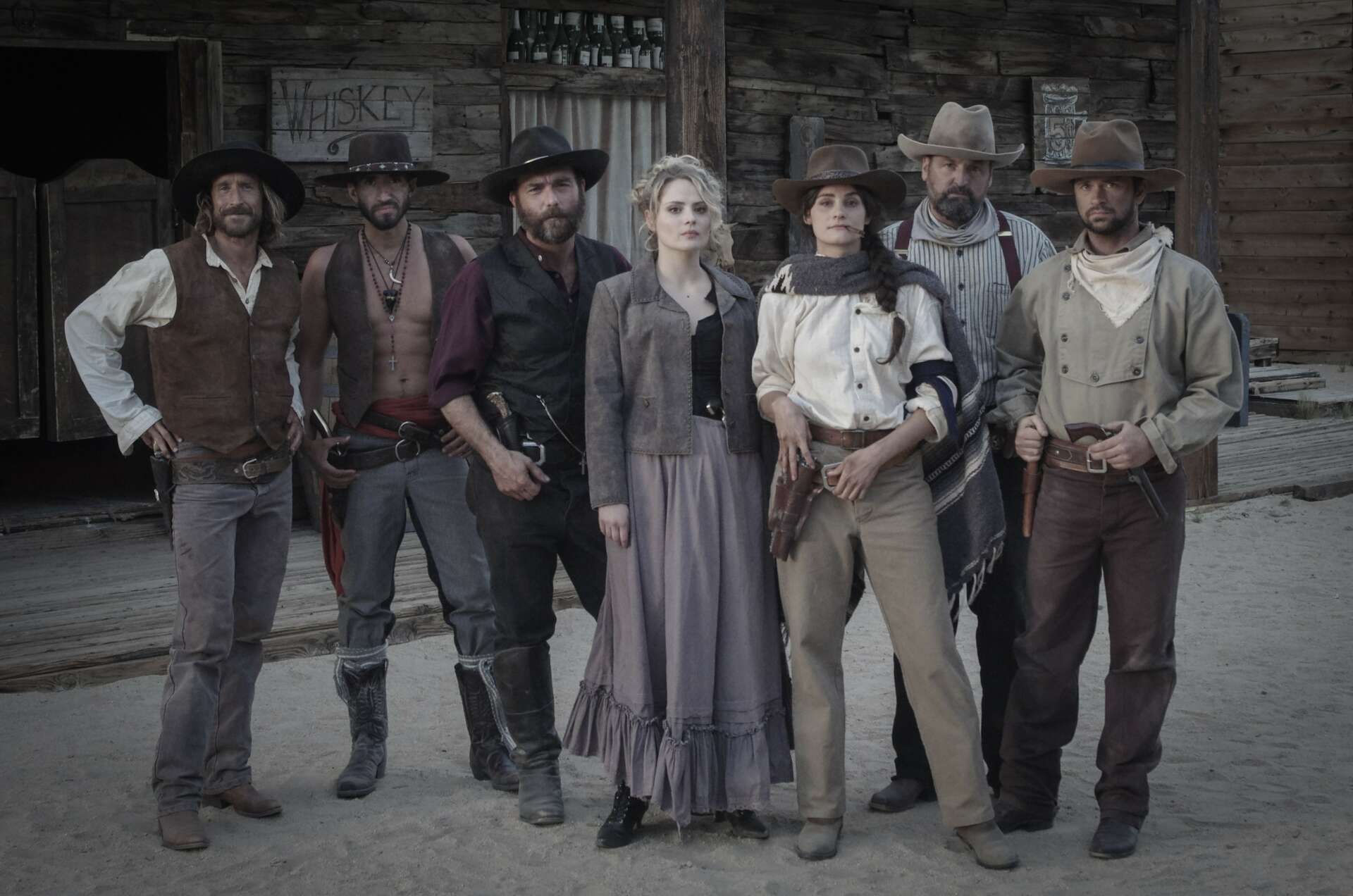
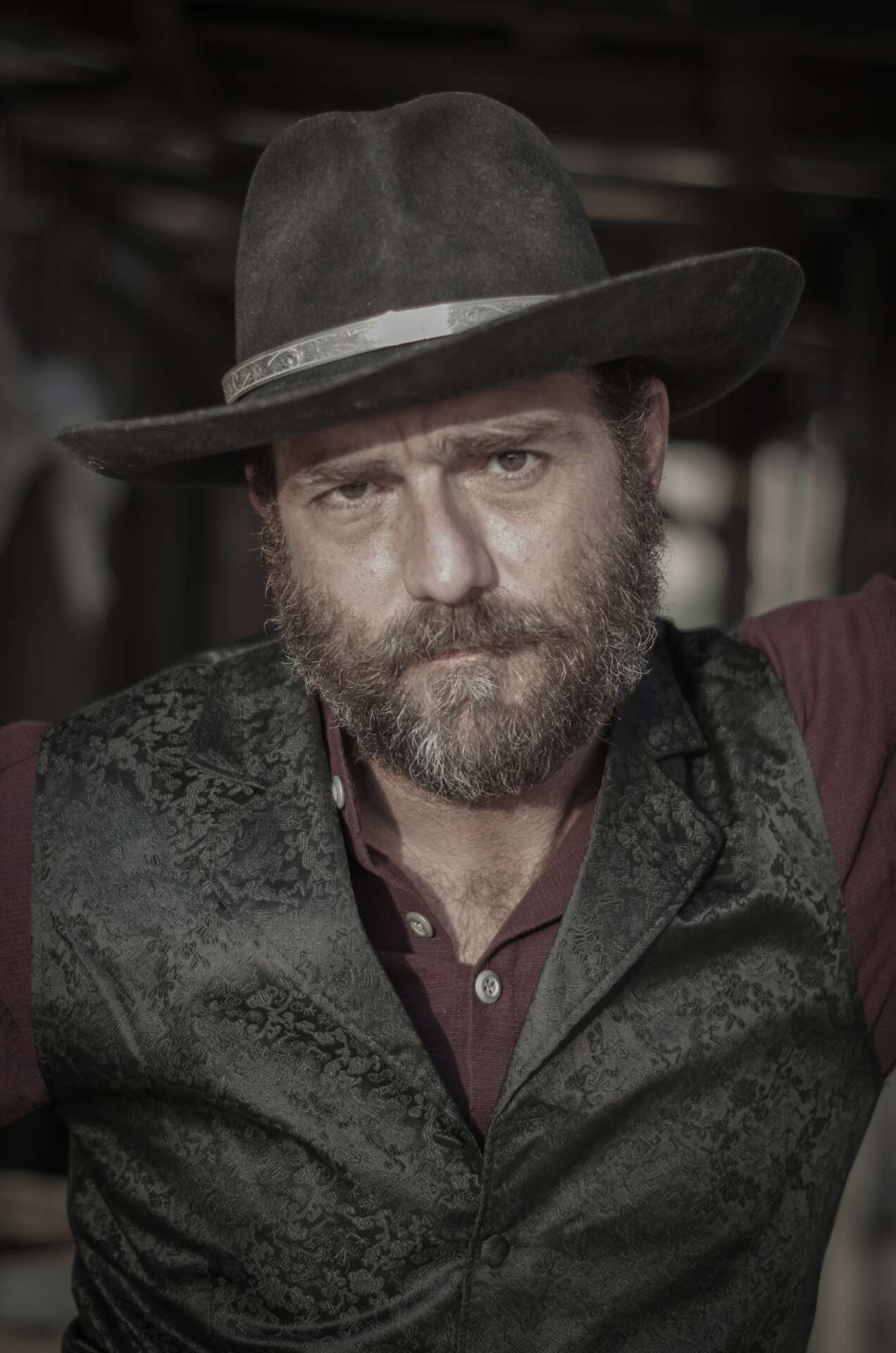
For you, what’s the most rewarding aspect of being a creative?
I find it very rewarding to steer my own vessel. As a creative person, I learned that you don’t always have to follow. We all have within us a voice and a story to tell. Often times people don’t think their voice is worth hearing, or they don’t have the confidence to take the leap of faith into self expression. This is something it took me years to grapple with. I just wanted to be told what to do and try to please the person doing the telling. Now I have the experience to give others like me an opportunity to use their voices and their talents and be themselves and it is truly a great reward in itself to be in that position.
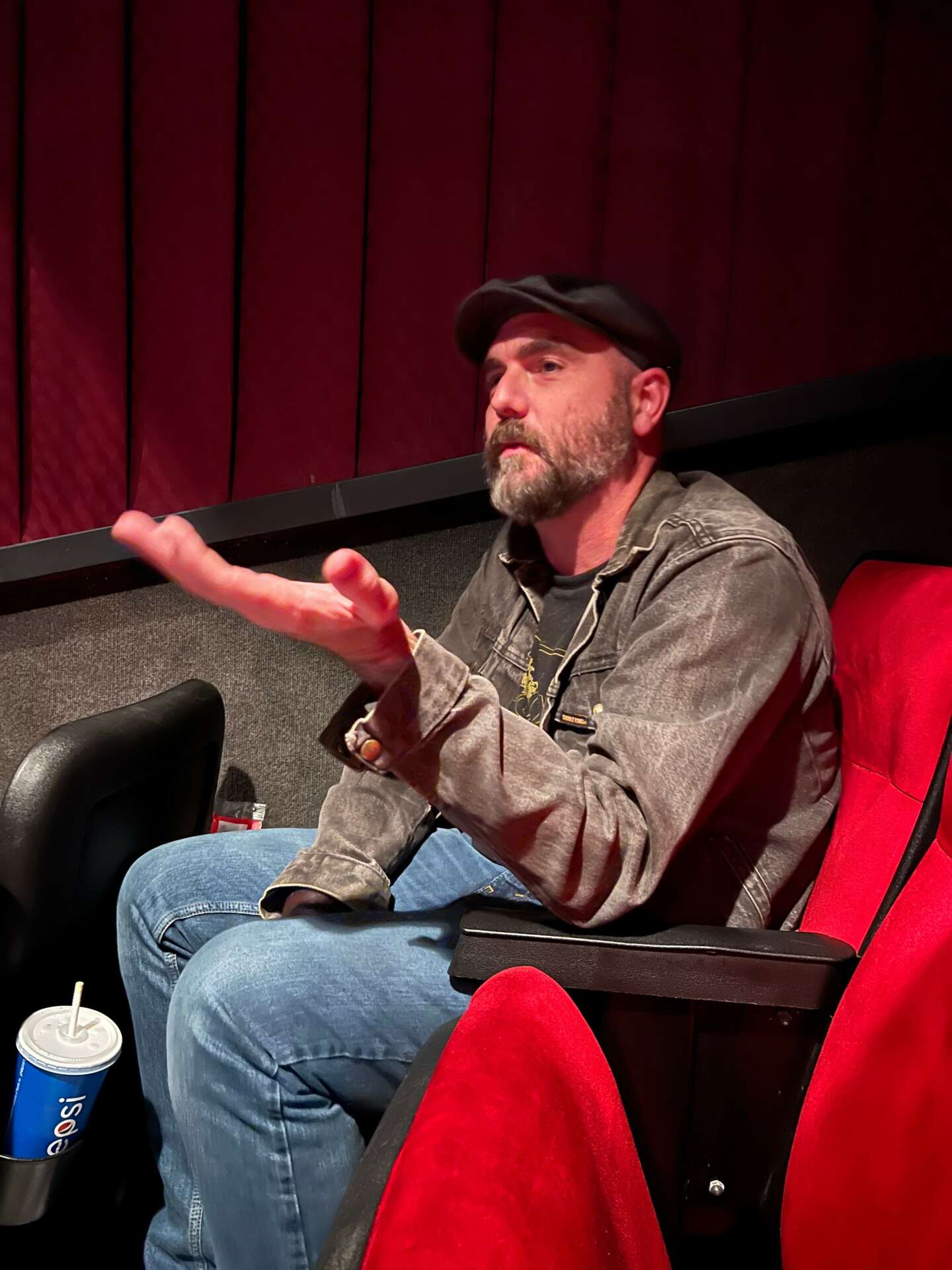
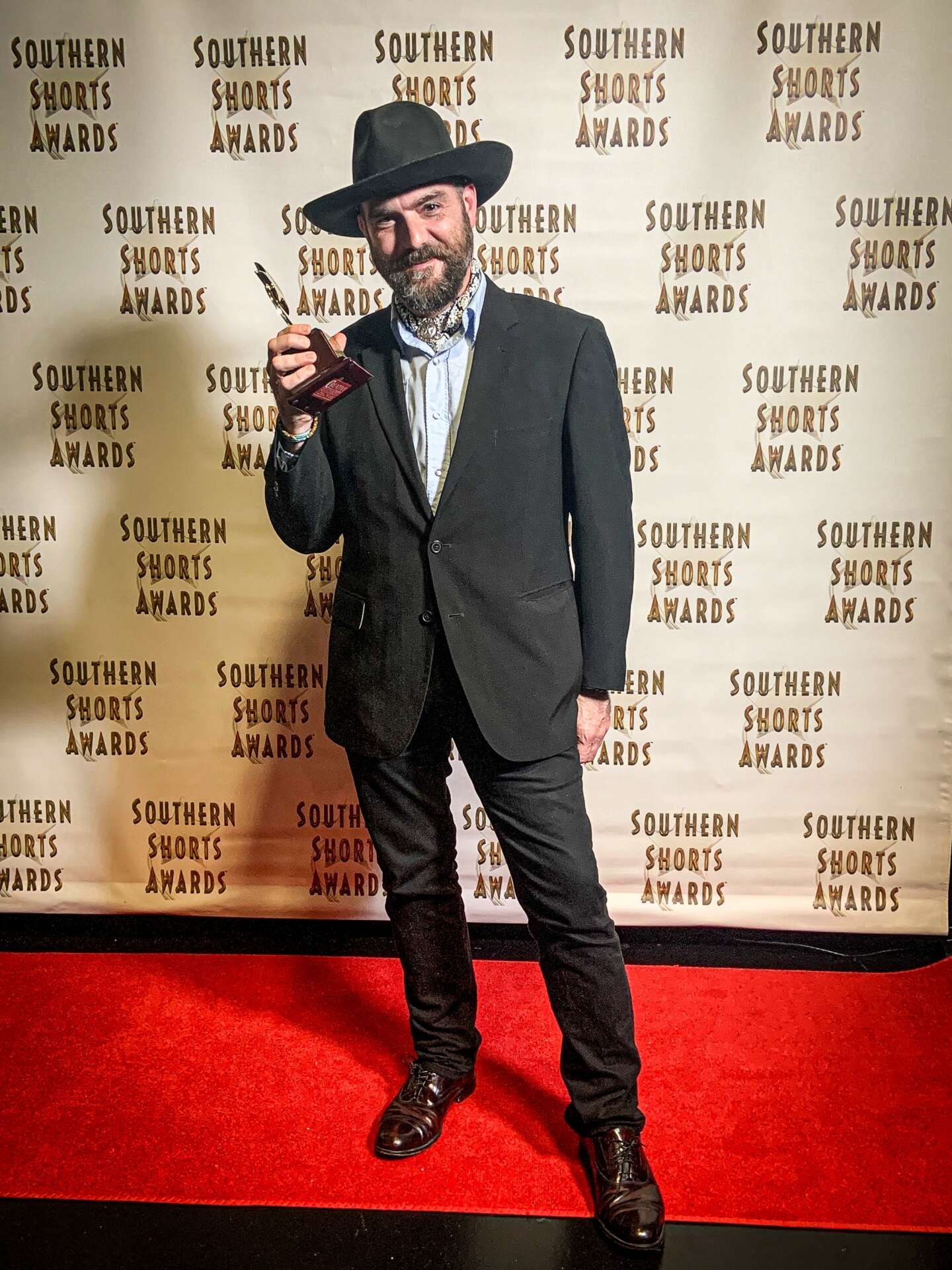
What’s a lesson you had to unlearn and what’s the backstory?
I feel like I used to try to please everyone. And honestly, to a degree, I still do. It’s something I’ve been learning about myself and something I struggle with. There’s a fine line between pleasing people and respecting people’s position while still respecting one’s own position. Instead of pleasing people, I’m trying to be a better collaborator. Give and take and ebb and flow are so important in creative endeavors. It’s better to bring each other up together, rather than blindly follow or run the show with an iron fist. Being a creative professional is so much more rewarding when everyone involved feels their own value and understands why they are valued.
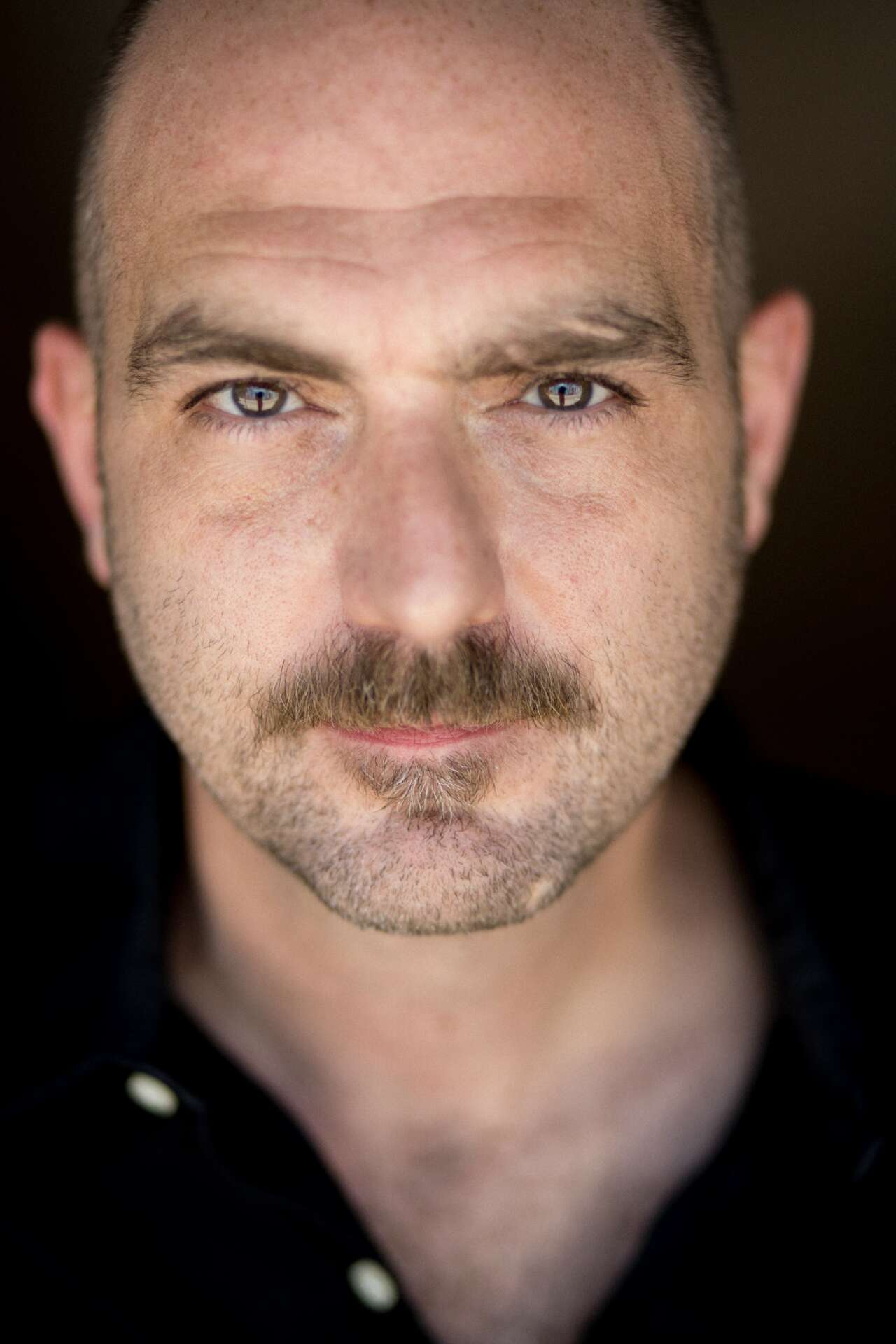
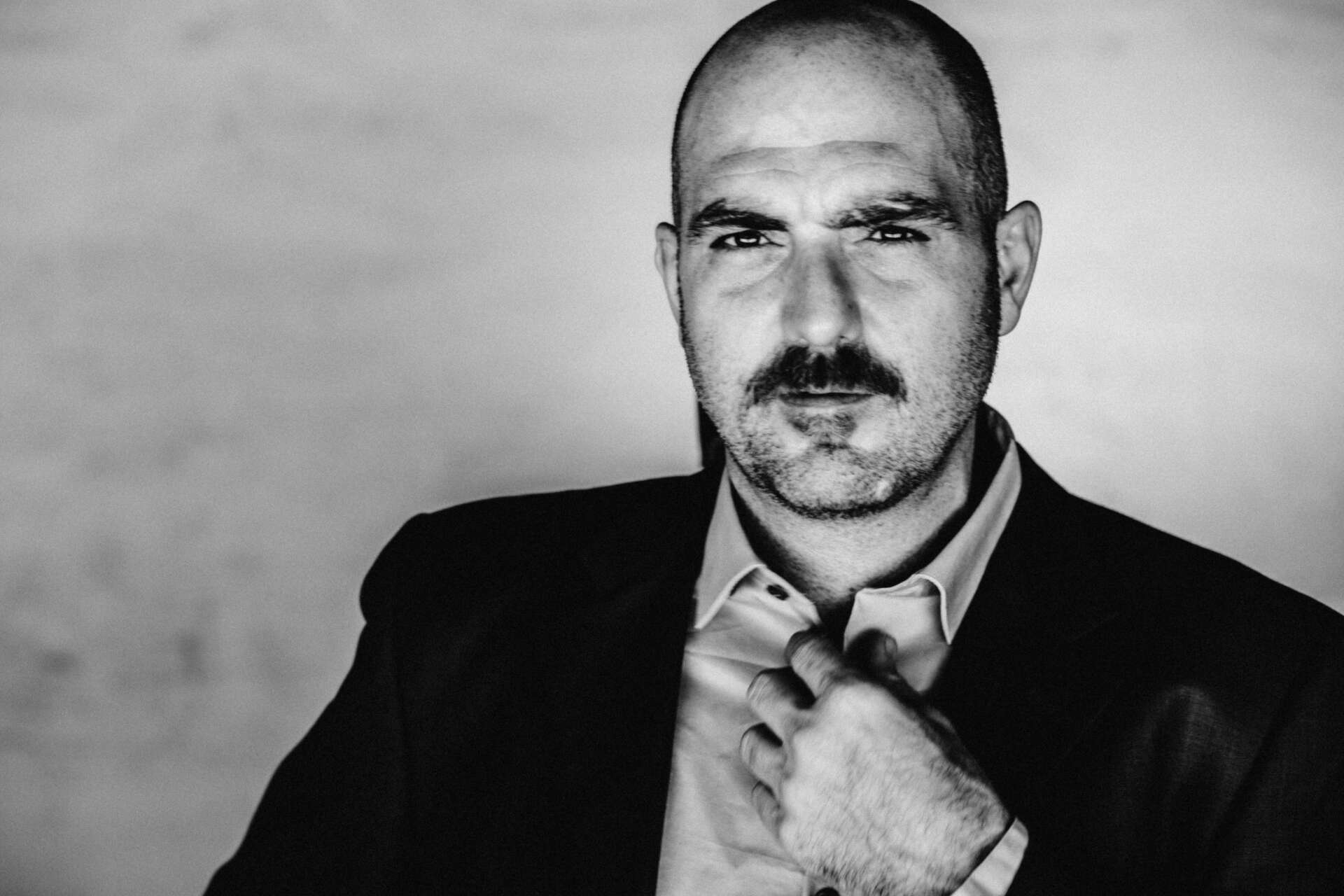
Contact Info:
- Website: www.lonesometree.org
- Instagram: @paigesmith76, @lonesometreeproductions
- Facebook: @paigesmith76, @lonesometreeproductions
- Twitter: @paigesmith76
Image Credits
Nick Holmes, James Smith


